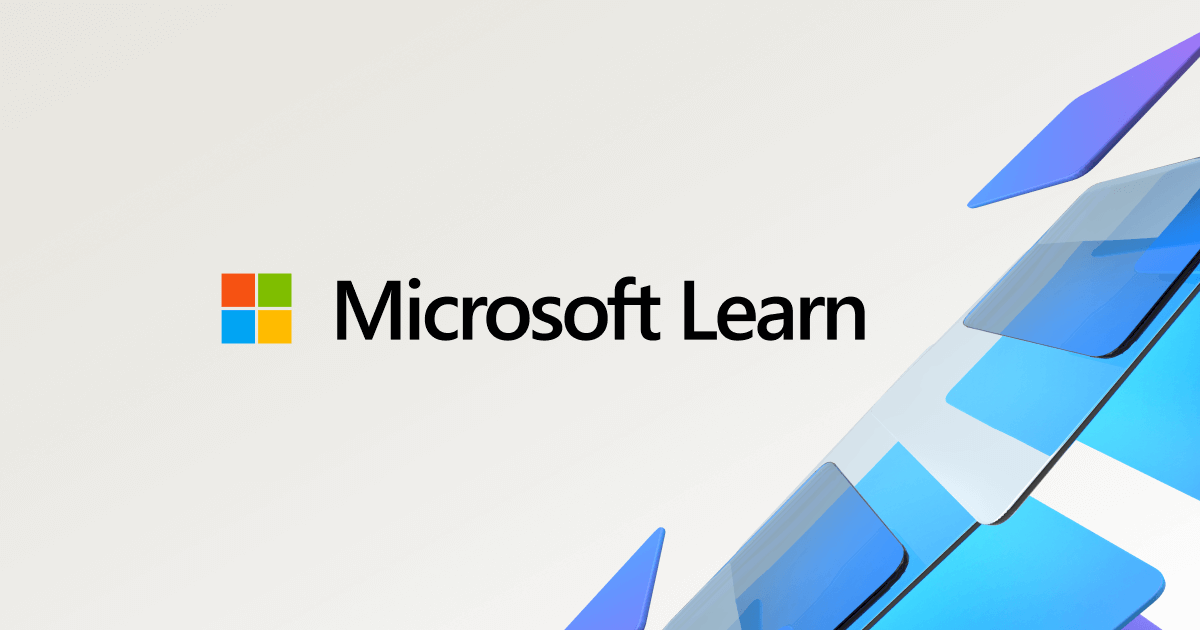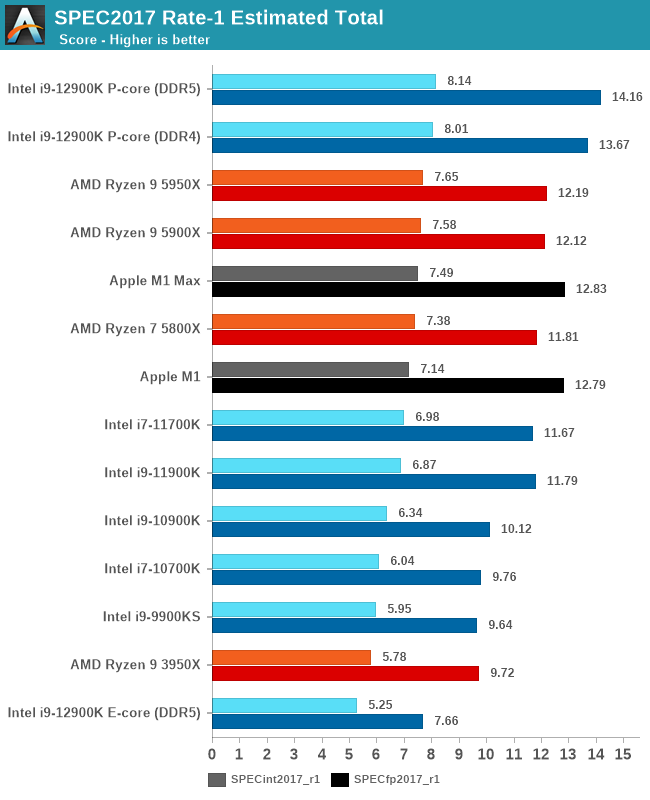Yes, but...
"In terms of power consumption, both the N100 and N200 consumed around 10.5-12W at idle. That feels high, especially since the 35W TDP-fanned 1L PCs like the HP Elite Mini 600 G9 is under 8W. On the maximum power consumption side, these only raised to 22-23W for the N100."
So, I'm going to put that high idle power mostly down to the Ethernet? I guess the M.2 SSD could be contributing, if something weird is going on with it. It's certainly not contributing more than a couple W, max.
The HP machine they reference uses a SK Hynix PCIe 3.0 drive. If it's anything like their P31 Gold, it should be very efficient. Both machines use DDR5, but the HP is using an i7-12700T, which is socketed!
Anyway, I have to agree that the idle power is a lot higher than I'd like to see. 8 W would be okay. 22-23 W is in the range of what I'd expect for peak active power. The main question is whether the manufacturer customized the PL2 threshold. Given that it's fanless, I'd have to guess they did.
BTW, I
do like what they did with the chassis! It looks like a pain to dust, but otherwise pretty neat.









